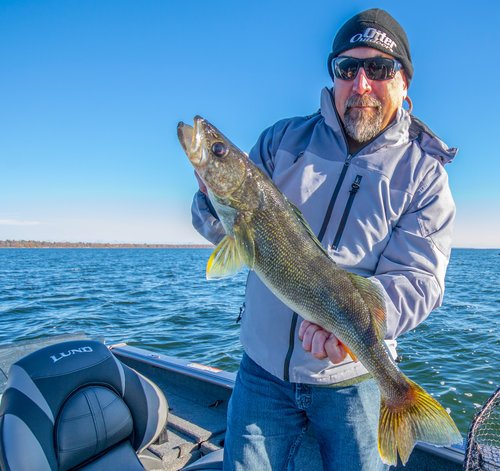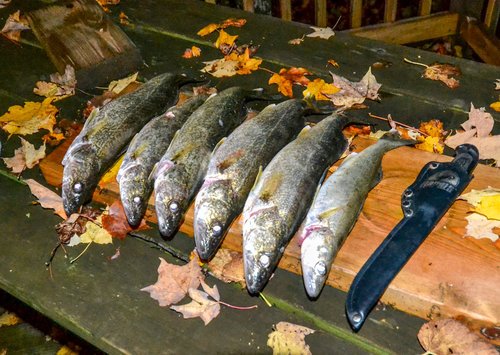I’ve been blessed with some really great hunting and fishing buddies over the years. Very few of them complain, all but a handful are typically better behaved than I am, and most are pretty talented outdoorsmen in their own right. As I grow older, I’ve had to bear the occasional loss of one of them, and it’s always difficult to come to grips with the thought that you’ll never share another day in the boat, or a morning in the turkey blind. Yet places in time and even material things can also have this affect on us, as a certain farmpond will never be as good as it was during a late-May of my youth, and no shotgun will ever hold the same importance as the Winchester 1300 pump my dad gave me.
So it was when I dropped off my old 1998 Tacoma to its new owner last week. Don’t laugh, trucks are as much a part of the experience as any one of your friends or family, and you’ll definitely end up spending more time with them. 271,000 miles worth of time to be exact in the case of this truck. I got it used more than 15 years ago, and took abuse from the get-go. Few people I knew drove a "foreign car," let alone a truck, and fewer yet used them like I did. It was equal parts ATV, farm truck, and highway vehicle, at times heavily leaning more towards the side of off-road exhibition vehicle. It was safer on ice due to its small size and lighter weight, and I drove it as carelessly as I could, less cautiously than I should. After all those miles and memories, the same friends and family that once ribbed me have gone through 2 or 3 trucks in the same amount of time.
Neil Young wrote a song about his favorite vehicle, an old Buick of all things, singing: “With your chrome heart shining, in the sun, long may you run.” Or was it about a girl? Though likely an unknown metaphor, it’s easy to see why he thought of that old Roadmaster having a heart. Though we know these are just bolted-together contraptions of steel, plastic, and carpet, they also both share and make memories. Like the time chasing turkeys on some hill in the pan-handle of Nebraska that the old Tacoma climbed such a steep grade, I felt gravity not just pushing me deep into the seat, but almost up and out of it like an astronaut headed for the Moon. Or the numerous times it skinnied its way through forest rails, field roads, and ditches after everything from mallards to morels.
It worked harder than it played, like the time we were building our house when I hooked it up to a few strands of grass-buried barbed wire, only to pull out about 100 yards of old fence-line as that little engine groaned. Or the time I snapped both leaf springs loading mulch for a spring landscaping session. I was mean, and it was kind. No matter how much abuse I applied, it only required some gas weekly, oil annually, and new tires occasionally.
Much like our own friends and family members, we look back and have our regrets. My Tacoma was parked outside the last 10 years of its life, and I wish now it would’ve been inside. Weather-checked tires, peeled paint, and rust give it character, but that’s no way to treat an old friend. Neither were all the bumps, deep gouges, dents, and dings I carelessly applied over its long-life. We never made it to collector’s plates together, and I’m the sole reason why.
Still, when we say goodbye, we realize that goodbye is not forever. This is especially true in the case of my old truck, as it’s going to an old friend in hills and valleys of Pepin County Wisconsin. Last I talked to him, he’d already taken it around to all of his coon and coyote-hunting buddies to brag about how little he’ll be getting stuck this winter. By the time this goes to press, my old truck has become someone’s brand-new-used truck. Parts of it won’t change, as I requested to have the turkey feathers and molded old turkey beard on the dash remain as permanent fixtures. At the same time, everything changes, nothing stays the same. I know it’ll have a new dog box installed in the bed for a good group of respectable hounds, and I’m thinking that the 4WD shifter might be strapped into place from September through April. It’ll be at home on the dairy farm, hauling calves, feed, and logs whenever called upon.
So as I say so-long to another old friend, I know again, farewells are never permanent. Sometimes if we look hard enough, and even more-so when we’re not searching, memories well up all around us. Those beloved people, the places of our childhood, and the things that have been with us the longest can never truly be forgotten. They continue on, just as we do, becoming more a part of us than what they meant to us. No matter where they end up or how they get there, we remember them because we are them.
Long may you run.
Dedicated to my late parents and the Mike Hernke Family.





